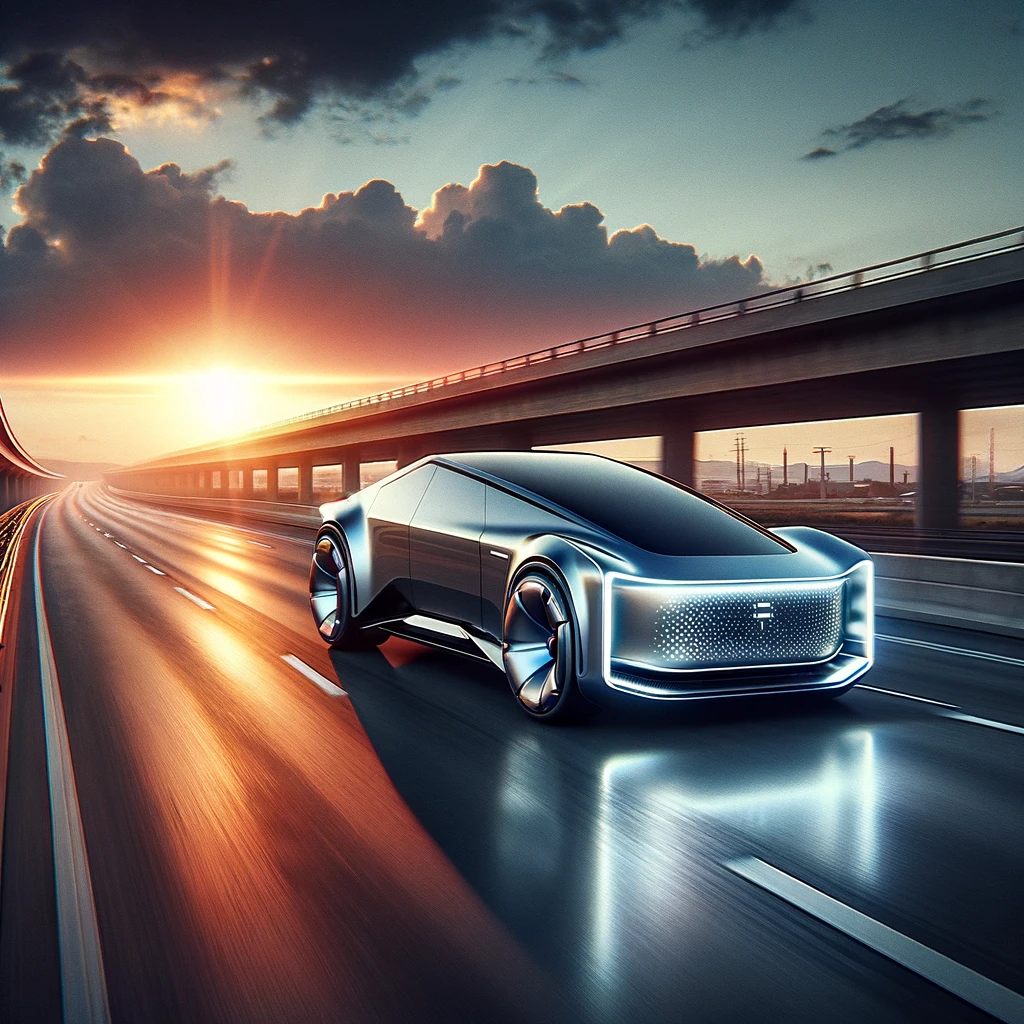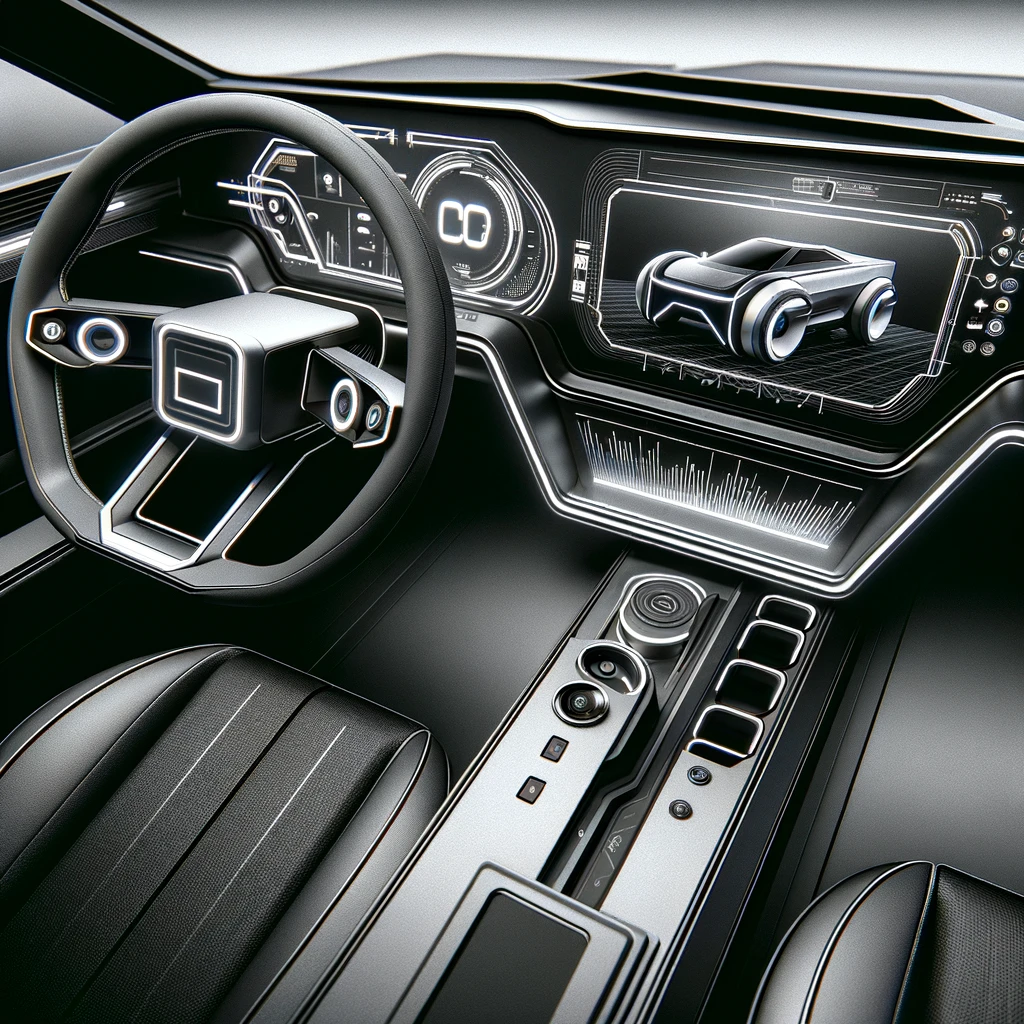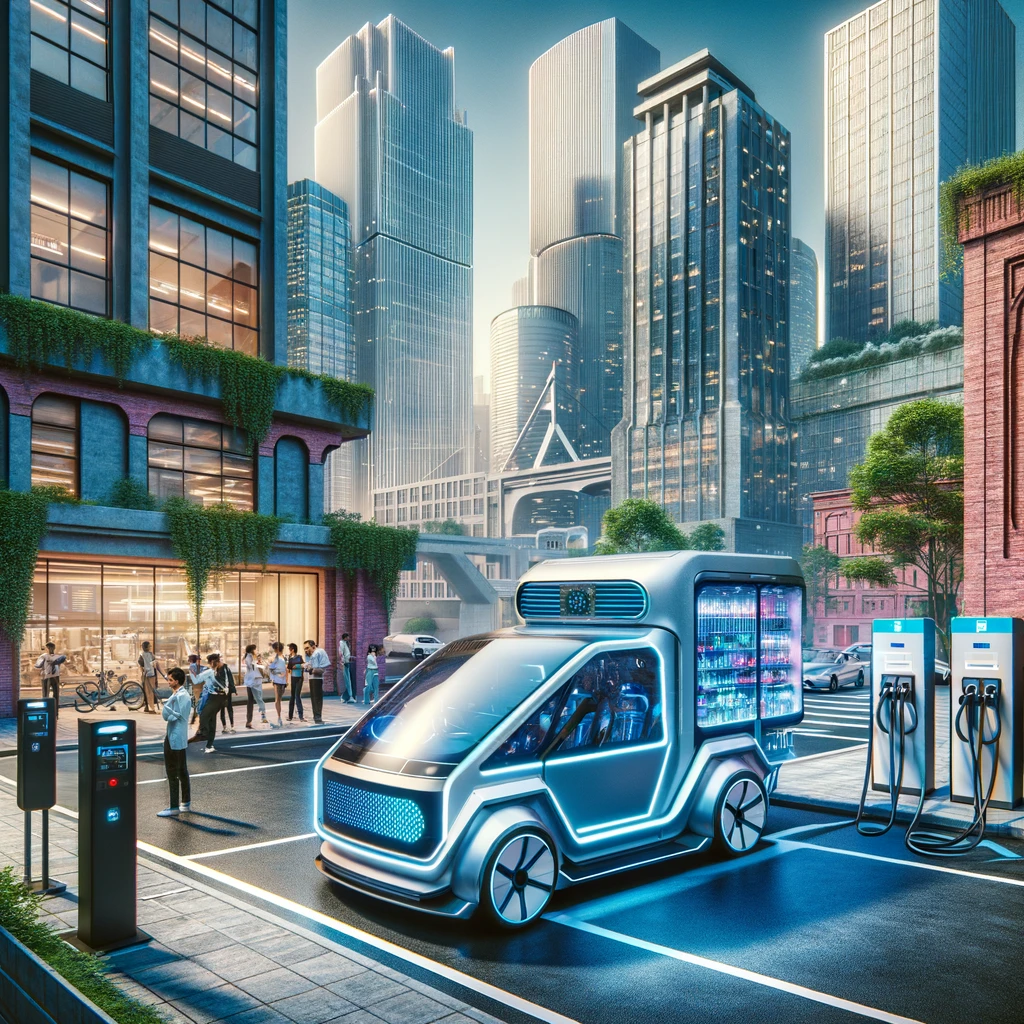Navigating the AI Renaissance: A Comparative Look at Today’s Leading Technologies
Introduction
The dawn of the AI renaissance has ushered in a new era of technological innovation, fundamentally altering how we interact with machines, data, and even the creative process itself. Among the pantheon of AI developments, a few names stand out: GPT (Generative Pre-trained Transformer), Codex (powering GitHub Copilot), DALL·E, and Gemini. Each has carved out its niche, pushing the boundaries of what artificial intelligence can achieve. However, one tech giant, Apple, appears conspicuously absent from this list, a situation that has not gone unnoticed by industry observers and investors alike.
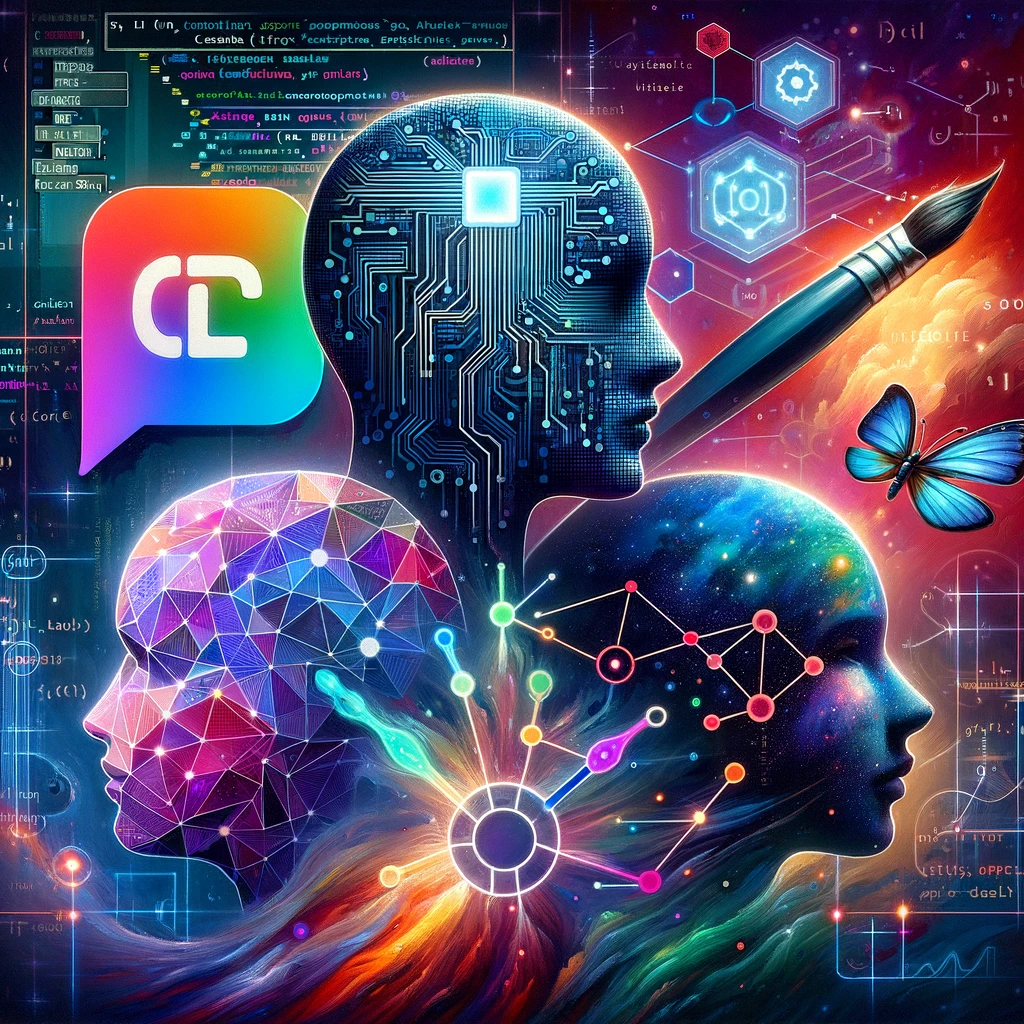
The Contenders
- GPT and GitHub Copilot: Developed by OpenAI, GPT has revolutionized natural language processing. Its latest iteration, GPT-4, demonstrates an astonishing capacity for generating human-like text, making it a cornerstone for applications ranging from chatbots to content creation. GitHub Copilot, powered by OpenAI’s Codex, extends this capability to code, offering suggestions and generating programming scripts akin to a virtual pair of hands for developers.
- DALL·E: Another gem from OpenAI’s labs, DALL·E transforms textual descriptions into compelling visual art, showcasing the potential of AI in creativity and design. Its ability to understand and interpret complex requests has made it a valuable tool for artists, marketers, and content creators seeking to visualize their ideas with unprecedented ease and flexibility.
- Gemini: Emerging as a formidable contender, Gemini specializes in deep learning and AI-driven analytics, offering insights and solutions across various sectors, from finance to healthcare. Its focus on data analysis and prediction has positioned Gemini as a go-to AI for businesses looking to leverage big data for strategic decision-making.
The Apple Conundrum
In contrast to these innovations, Apple’s silence on the AI front has become a topic of speculation. Long revered for its pioneering technology and products, Apple’s absence in the AI revolution is notable. Rumors of “Project Titan,” Apple’s supposed foray into autonomous vehicles, and other AI initiatives have circulated for years, yet none have come to fruition in the public eye. This lack of visible progress in AI has coincided with a period of increased scrutiny over the company’s direction and growth prospects, contributing to investor unease and questions about Apple’s ability to maintain its technological leadership.
Impact on Apple
Apple’s perceived delay in entering the AI arena has implications beyond just product innovation. As AI becomes increasingly integral to consumer technology, software development, and content creation, Apple’s absence could hinder its competitiveness. Companies leveraging AI like GPT, DALL·E, and Gemini are not only enhancing their current offerings but are also defining future landscapes of interaction and engagement. For Apple, known for setting trends rather than following them, this represents a departure from its historical trajectory.
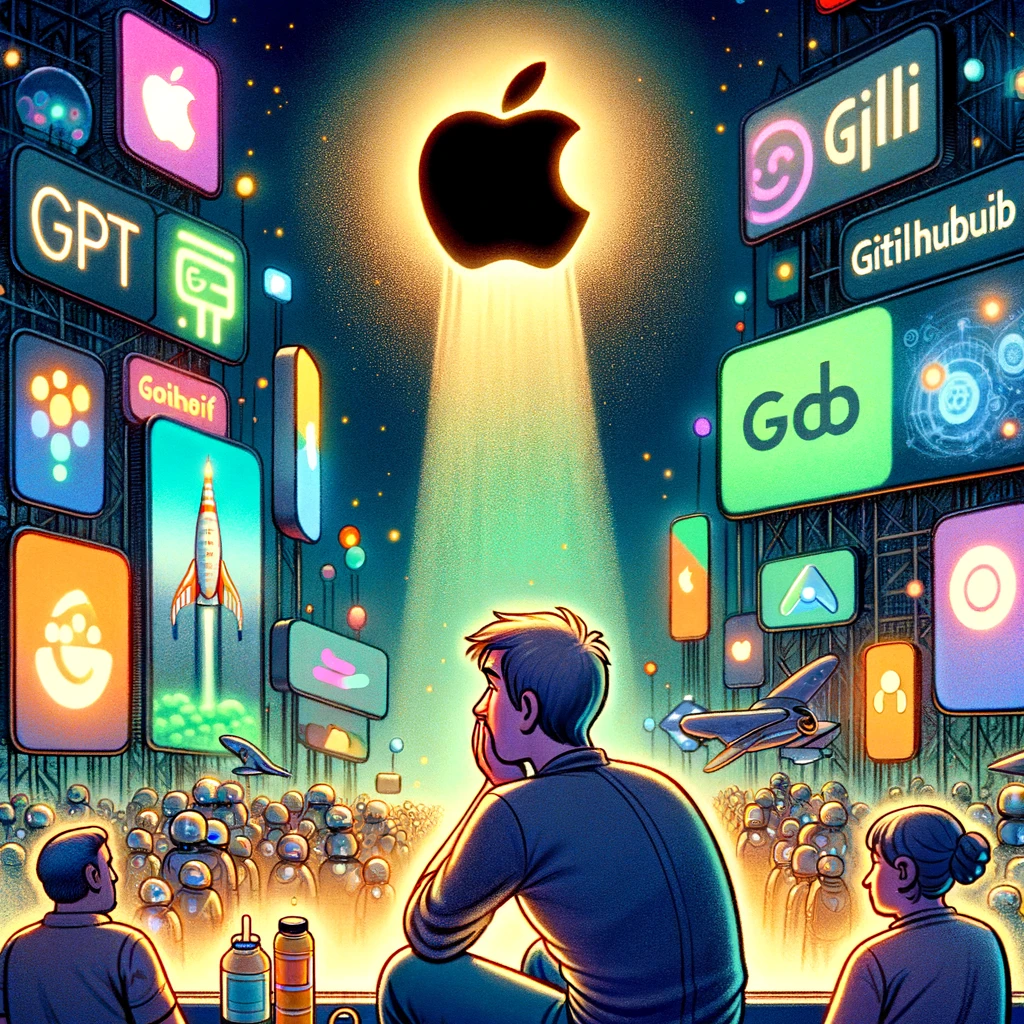
Conclusion
The AI renaissance is reshaping industries, creating new paradigms for interaction, creativity, and decision-making. As GPT, Codex, DALL·E, and Gemini drive forward, pushing the boundaries of possibility, the question remains: how will Apple respond? Will it unveil groundbreaking AI that reasserts its innovative dominance, or will its hesitance mark a shift in the tech hierarchy? Only time will tell, but one thing is clear: in the fast-evolving world of AI, standing still is not an option.

